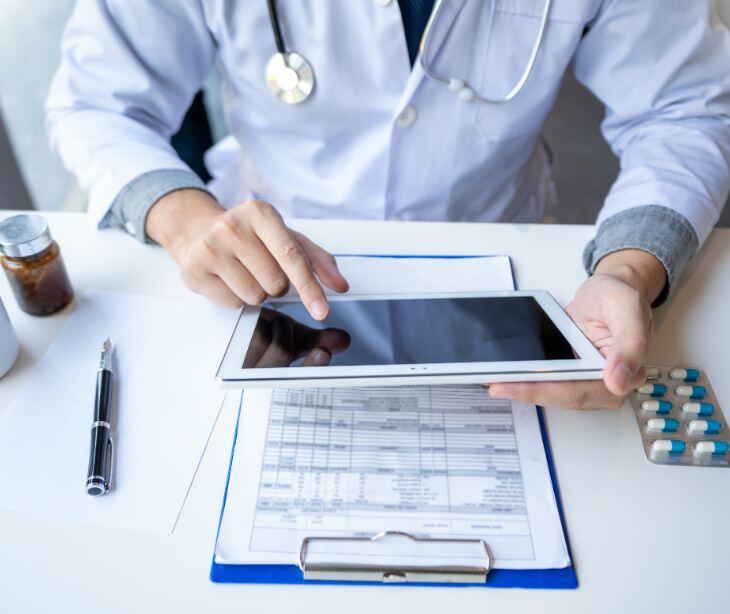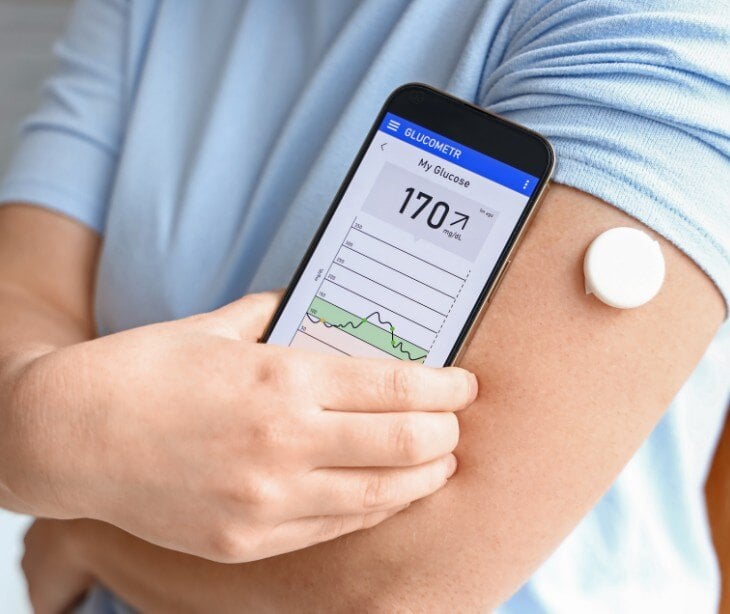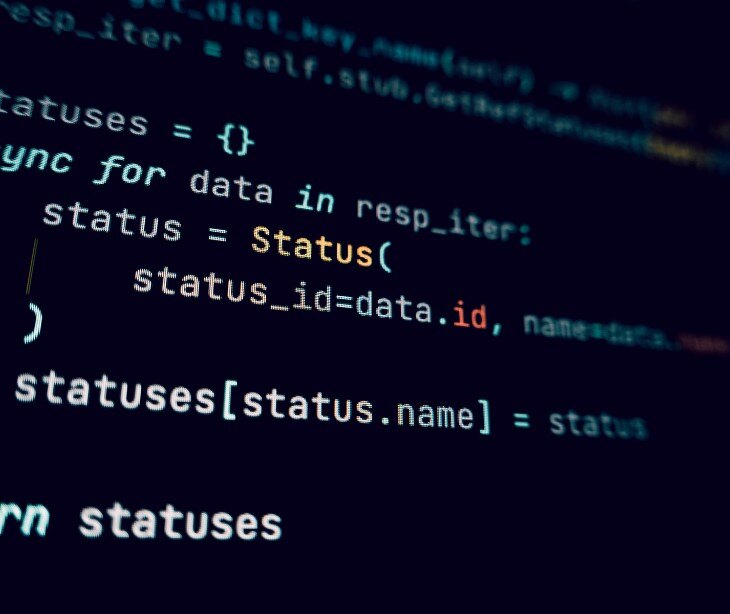3 min read
Integrating patient generated health data into patient records
Kirsten Peremore
June 26, 2024

Patient Generated Health Data (PGHD) can be integrated into patient records by using technology that connects the data patients collect to their Electronic Health Records (EHRs) or through physical patient records. This allows for an insight into patient data that extends beyond the consultation room. The proof is in the result with a Sage Journal article finding that, “Almost half of the patients or caregivers who collect the PGHD report that the practice changed their approach to maintaining their health.”
What is Patient Generated Health Data (PGHD)?
PGHD is health information that patients or their caregivers create, record, or collect. This includes a wide range of data. For example, PGHD covers clinical measurements such as heart rate, blood pressure, blood sugar, and body temperature, which are often tracked using medical devices or wearables. It also includes information about a patient's lifestyle, like what they eat, how much they exercise, and their sleep patterns, which patients usually monitor themselves. PGHD also involves patients noting down their symptoms, such as pain, mood changes, and tiredness. The idea behind PGHD is to give a full picture of a patient's health, combining both medical data and personal health information.
Current methods and technologies used for collecting PGHD
Devices and applications for PGHD collection
Wearables: Fitness trackers, smartwatches.
Mobile health apps: Apps on smartphones for health tracking.
IoT devices: Smart blood pressure monitors, glucose meters.
Methods for recording and storing health information
Digital logging: Using device associated apps to log data.
Cloud storage: Storing health data in cloud services for accessibility and review.
Data sharing: Sharing recorded data with healthcare providers for better care and treatment plans.
See also: What are Internet of Things (IoT) attacks?
How to integrate PGHD into Electronic Health Records (EHRs)
The first step is to ensure adherence to protocols for data transfer. These include:
- Utilizing interoperability standards like Health Level 7 (HL7) and Fast Healthcare Interoperable Resources (FHIR) for structured data exchange.
- Employing Application Programming Interfaces (APIs) that allow different software systems to communicate seamlessly.
- Using data formats like Clinical Document Architecture (CDA) for standardized document exchange.
Next healthcare organizations should ensure security and privacy during transfer. This includes:
- Implementing encryption technologies to secure data during transmission.
- Adhering to privacy regulations like HIPAA in the US, ensuring that patient data is handled in a compliant manner.
- Applying authentication and authorization protocols to control access to sensitive health data.
Understanding the interoperability standards relevant to PGHD integration
Semantic ontologies as well as the following standards are integral to the data process. They provide a structured framework for data, ensuring that the information exchanged between different healthcare systems is meaningful and interpretable. These standards include:
- HL7: A set of international standards used for the exchange, integration, sharing, and retrieval of electronic health information. HL7 standards support clinical practice and the management, delivery, and evaluation of health services.
- FHIR: A standard describing data formats and elements and an application programming interface (API) for exchanging electronic health records. FHIR is built on existing HL7 standards and is designed for ease of implementation and interoperability.
- Clinical Care Document (CCD) and Continuity of Care Record (CCR): These are standards for the content of health records. CCD, a constraint of HL7, and CCR, an ASTM standard, both provide a summary of personal health information.
See also: Understanding electronic medical records (EMR)
How can patient records be designed to accommodate PGHD effectively?
To adjust physical documents and the patient record system to accommodate PGHD, hospitals, and clinics can digitize records for easier integration with digital data. This involves scanning physical documents into a digital format and linking them to corresponding EHRs. In the EHR system, creating dedicated sections for PGHD, like a separate tab or field, allows for organized and accessible storage of this data. It's also necessary to train healthcare staff in the new system functionalities to ensure they can effectively manage and interpret the integrated PGHD.
See also: HIPAA Compliant Email: The Definitive Guide
FAQs
What types of patient generated health data can be integrated into electronic health records?
Types of patient generated health data that can be integrated include fitness tracker data, home blood pressure readings, glucose monitoring results, and daily symptom diaries.
What is the most common way to collect PGHD?
The most common way to collect PGHD is through mobile health apps and wearable devices that track and store health related data such as activity levels, heart rate, and sleep patterns.
Why is text messaging the best way to communicate in relation to how PGHD is used?
Text messaging is effective for communicating about PGHD because it provides a quick, direct, and convenient method for patients to report real time data and receive immediate feedback or instructions from healthcare providers.
Subscribe to Paubox Weekly
Every Friday we'll bring you the most important news from Paubox. Our aim is to make you smarter, faster.



